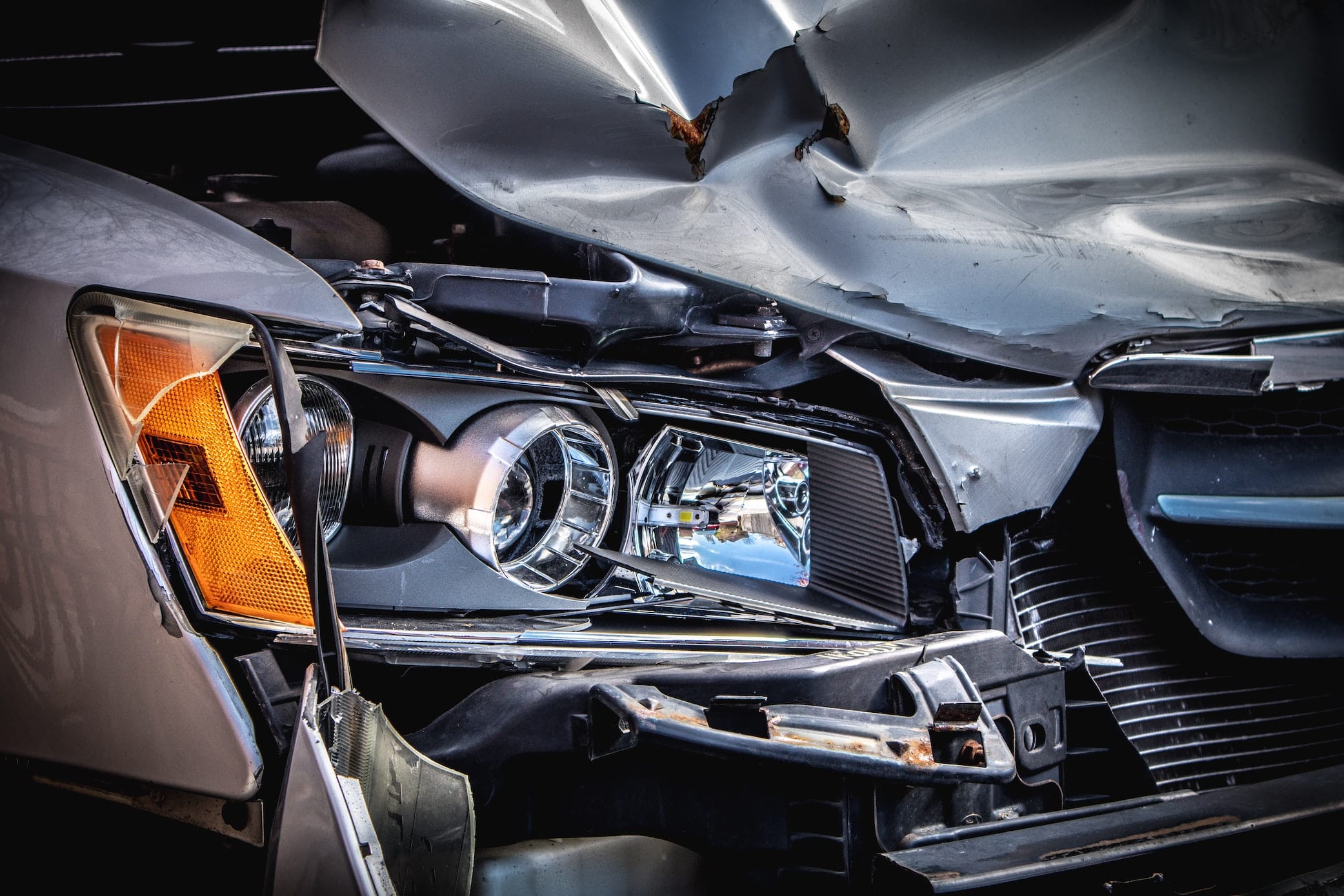Public transportation is a vital part of urban life, providing a convenient and eco-friendly means of commuting. However, accidents involving public transportation can be devastating, resulting in injuries, medical bills, and lost wages. If you’ve been involved in a public transportation accident, it’s crucial to understand your legal rights and options for seeking compensation. In this blog post, we’ll explore the steps you should take and the considerations to keep in mind when pursuing a personal injury claim in such cases.
1. Seek Medical Attention
Your health and well-being should be your top priority. After a public transportation accident, it’s essential to seek medical attention promptly, even if your injuries seem minor. Some injuries may not manifest immediately, and early documentation of your condition is crucial for your case.
2. Document the Accident
Gather as much evidence as possible at the accident scene. Take photos of the accident site, any visible injuries, and the condition of the vehicle. Collect contact information from witnesses who may be able to provide statements later.
3. Report the Incident
Report the accident to the appropriate authorities or the transportation company involved. Ensure that an accident report is filed, as this can be valuable documentation for your claim.
4. Preserve Evidence
Do not repair or dispose of any damaged property, such as clothing or personal belongings, until you’ve spoken to an attorney. These items can serve as evidence in your case.
5. Identify the Responsible Party
Public transportation accidents can involve multiple parties, including drivers, operators, or the transportation agency itself. Determine who was at fault and may be liable for your injuries.
6. Consult an Attorney
Contact a personal injury attorney experienced in public transportation accidents. They can assess the strength of your case, guide you through the legal process, and help you understand your rights and options.
7. Collect Documentation
Work with your attorney to gather and organize all necessary documents, including medical records, accident reports, witness statements, and photographs.
8. Determine Liability
Your attorney will help you establish liability, whether it’s due to the driver’s negligence, a defect in the vehicle, or the transportation agency’s failure to maintain safety standards.
9. Calculate Damages
Identify the damages you’ve suffered, which may include medical expenses, lost wages, pain and suffering, and property damage. Your attorney will help you assess the full extent of your losses.
10. Negotiate with Insurers
Your attorney will represent your interests in negotiations with the transportation company’s insurer. They will work to secure a fair settlement on your behalf.
11. Consider Mediation or Litigation
If negotiations fail to yield a satisfactory outcome, you may need to consider alternative dispute resolution methods like mediation or, if necessary, filing a lawsuit.
12. Stay Informed
Throughout the process, stay informed about the progress of your case. Your attorney will keep you updated on developments and any important decisions.
Public transportation accidents can have far-reaching consequences, affecting your physical, emotional, and financial well-being. Seeking compensation is a way to alleviate some of the burdens that arise from such accidents. By following these steps and working with an experienced personal injury attorney, you can protect your rights and maximize your chances of receiving the compensation you deserve. Remember, you don’t have to face this challenging situation alone; legal professionals are here to help you navigate the legal complexities and achieve a fair resolution for your public transportation accident case.







